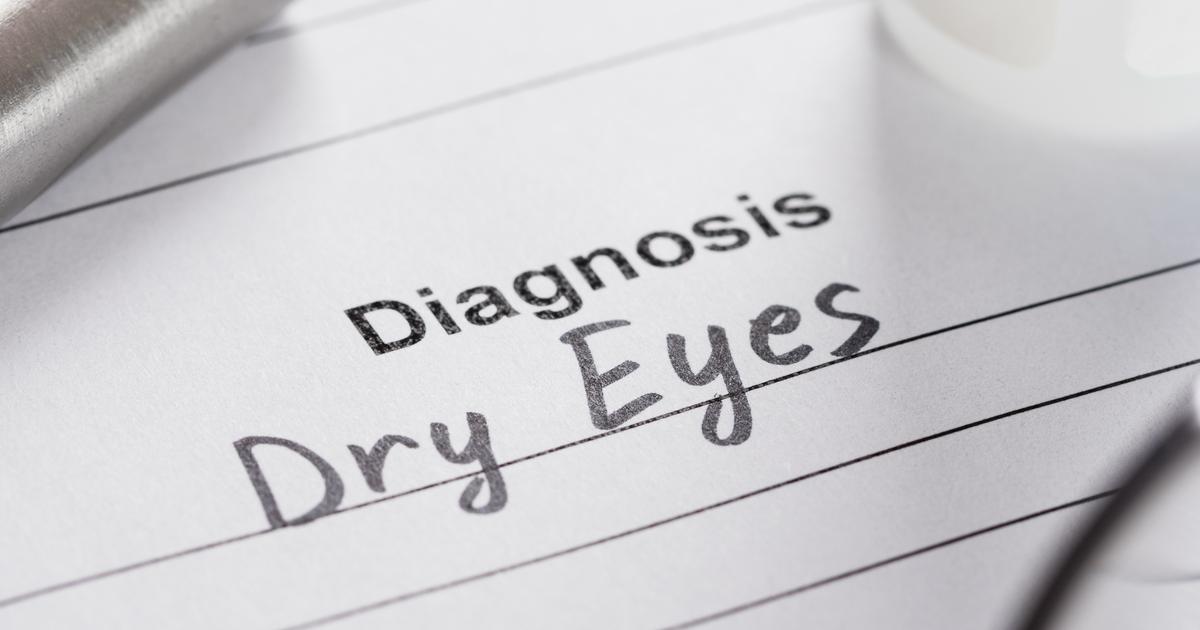Common Causes Of Eye Strain And Eye Pain
Dry Eyes

Eye strain and eye pain are common complications that can occur in individuals affected by dry eyes. Eye pain due to dry eyes can be described as a gritty feeling, constant stinging, sharp pains, or a dull ache. Nociceptors are the specialized sensory receptors present on the ends of the nerves that send signals to the brain in response to damaging or painful stimuli. Nociceptors are present in almost all of the body tissues, including an individual's cornea. However, the cornea is known to have one of the highest nociceptor concentrations in the body, with between three to six hundred times the amount of nociceptors in the skin.
Specific components in the eye produce fluid that keeps the eyes moist and lubricates the area between the outer layer of the eye and inside of the eyelids. Blinking helps stimulate the production of this fluid and distribute it evenly on the corneal surface. However, individuals who have dry eyes do not produce enough of this lubricating fluid, which leaves the nociceptor filled cornea vulnerable to the painful effects of drying and friction.
Read more about the causes associated with eye strain and eye pain now.
Foreign Object In The Eye

In rare cases, an individual can develop eye pain as a result of a foreign object in their eye. An individual's eyes have two mechanisms in place to help keep foreign bodies out of the eye. An individual's eyelashes function as a type of shield or buffer to stop particles from entering the eye. The lubricating fluid an individual's eye produces plays a role in keeping foreign bodies out by flushing out the foreign particles. However, foreign objects occasionally make it into the eye past the eyelashes and are not effectively rinsed away. A foreign body can stick to or embed itself into an individual's cornea or on the undersurface of their eyelid.
The most common source of eye pain when it comes to foreign bodies in the eye is called a corneal abrasion or a scratch in the clear outer layer of the eye. An individual affected by a corneal abrasion will experience a significant amount of eye pain because of the high concentration of specialized nerve endings in the cornea. The inner surface of the eyelid can become injured if a foreign body is embedded into the outer layer of the eye and scrapes against it, which also produces eye pain.
Get more details on the causes of eye pain and eye strain now.
